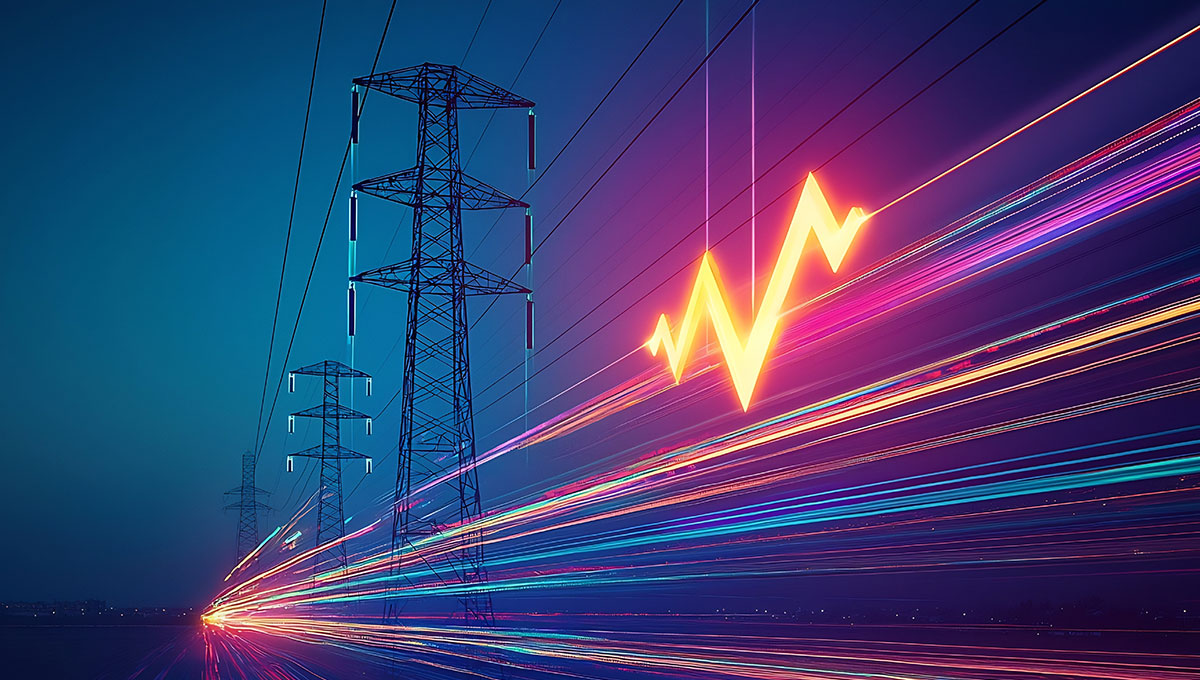Please click here to download the Prism as PDF.
Draft amendments proposed in Rule 18 (relating to Energy Storage Systems) of Electricity Rules, 2005
The Ministry of Power on June 11, 2025, issued the draft Electricity (Amendment) Rules, 2025 (“Draft Rules”), proposing to make amendments to Rule 18 of the Electricity Rules, 2005. Rule 18 relates to Energy Storage Systems (“ESS”). The Draft Rules are in furtherance of notification dated January 29, 2022, issued by Ministry of Power, titled ‘Clarification regarding usage of Energy Storage System (ESS) in various applications across the entire value chain of Power Sector’. This notification first clarified ESS as part of the ‘power system’ as defined under Section 2(50) of the Electricity Act, 2003, that a standalone ESS is a delicensed activity, and outlined its legal status and usage. This notification was followed by issuance of the Electricity (Amendment) Rules, 2022, which introduced Rule 18.
The Draft Rules introduce revisions in terms of the utility and beneficiaries of the storage system. The Draft Rules have been issued to invite comments and suggestions from the industry.
Key proposed changes
- ESS will be utilised either as an independent ESS or, as a part of the generation, transmission or distribution. Reference to the ESS as a ‘network asset’ will be omitted.
- ESS may be developed, owned, leased or operated by a generating company or a transmission licensee or a distribution licensee, or a consumer, or a system operator or an independent energy storage service provider.
- The legal status of an ESS will be the same as that of the owner. However, if such an ESS is not co-located with, but owned and operated by, the generating station or distribution licensee or consumer, the legal status will still be that of the owner but for the purpose of scheduling and dispatch and other matters it will be treated at par with a separate storage element.
- The owner or developer of the ESS will have an option to sell or lease or rent out the storage space in whole or in part to any consumer or utility engaged in generation or transmission or distribution; or to a Load Despatch Centre.
Conclusion
ESS is vital for integrating the large volumes of renewable energy penetrating in India’s energy mix and will play a significant role in grid balancing and providing fast response/ramping up or down, thereby enabling flexibility in system operation. The Draft Rules provide greater clarity and certainty regarding the growing dimensions and opportunities related to ESS. Particularly, the proposal to allow consumers to develop, own or operate ESS, or avail energy storage facilities at their end, would represent a major change in how energy storage is integrated into the power sector landscape. It will foster greater decentralisation and empower demand-side participation in energy markets.
This Prism has been prepared by:
|
Vishnu Sudarsan |

Sugandha Somani Gopal |
Mehar Vasant |
For more details, please contact [email protected].












